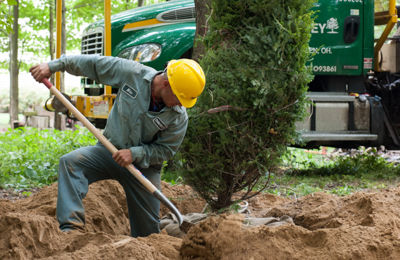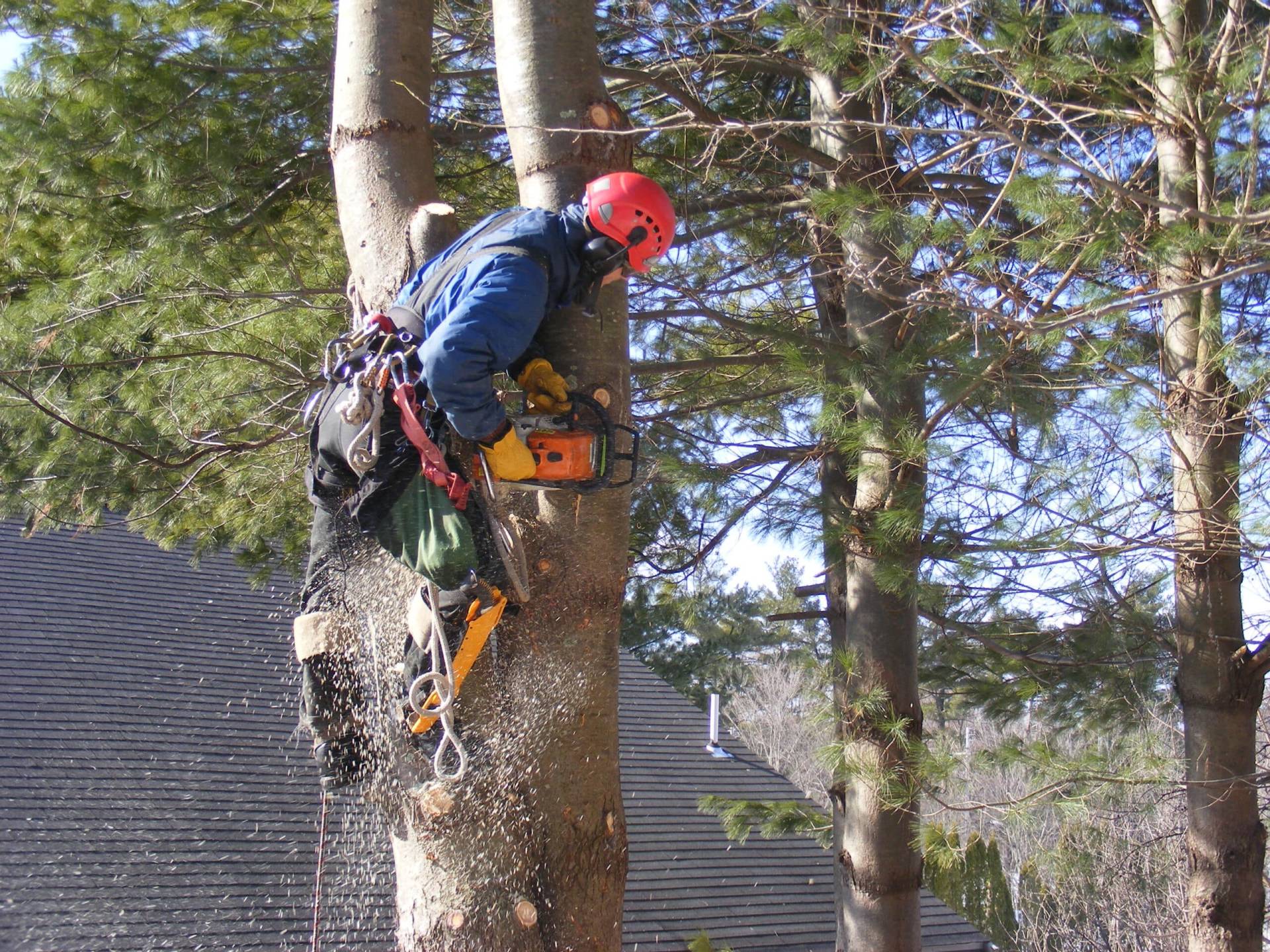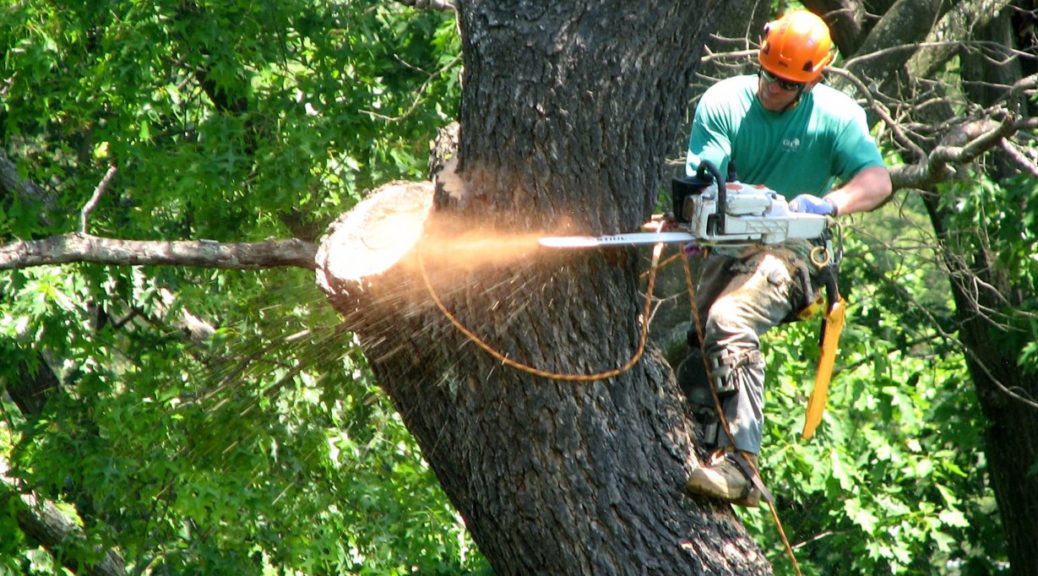Premier Tree Cutting CT Services in Guilford
Premier Tree Cutting CT Services in Guilford
Blog Article
Comprehending the Significance of Tree Preservation and Conservation Practices in Urban Areas
In the busy landscape of city settings, trees typically stand as quiet guardians, supplying a plethora of benefits that expand much past their aesthetic appeal. As we discover the interwoven material of environmental, social, and economic advantages that city trees provide, it comes to be evident that their conservation is pivotal for the wellness of existing and future generations.
Ecological Advantages of Trees in Cities
Trees in metropolitan areas play an important role in giving various ecological advantages, adding to the overall wellness of city occupants. This process aids reduce the concentration of unsafe gases, making the air cleanser and much healthier for citizens.

Moreover, trees contribute to water administration by lowering stormwater runoff and dirt erosion. Generally, the environmental benefits of trees in cities are necessary for creating lasting and habitable city settings.
Social Value of Urban Tree Conservation
In contemporary city landscapes, the conservation of trees holds considerable social importance for promoting community well-being and boosting top quality of life. Urban tree preservation plays an essential role in developing spaces for social communication and neighborhood involvement.

Economic Worth of Tree Preservation
The conservation and conservation of urban trees offer significant economic advantages that contribute to the general economic health of neighborhoods and cities. Urban trees provide a wide array of financial benefits that favorably influence regional economic situations.
Additionally, trees play a crucial function in lowering stormwater drainage and reducing the impacts of flooding, which can cause expense financial savings for cities in terms of facilities upkeep and fixing. Urban trees additionally add to enhanced air quality by taking in toxins and launching oxygen, leading to potential cost savings in healthcare costs linked with respiratory ailments. By acknowledging and investing in the financial value of tree preservation, cities can promote lasting advancement, boost top quality of life, and develop more resistant urban environments.
Strategies for Lasting Urban Tree Management
A thorough strategy to lasting city tree administration involves integrating diverse strategies that focus on lasting ecological health and wellness and community well-being. Executing tree stocks and analyses is crucial to recognize metropolitan tree populations, their health, and maintenance requirements.
Area interaction plays an essential function in lasting city tree management. Educating homeowners concerning the benefits of trees, arranging tree growing occasions, and entailing volunteers in tree treatment tasks promotes a feeling of possession and stewardship. Partnership in between neighborhood federal government, environmental companies, and homeowners is key to developing and applying effective tree administration strategies.
Purchasing eco-friendly infrastructure, such as city forests and green roof coverings, can give numerous advantages, including improved air top quality, stormwater monitoring, and metropolitan warm island mitigation. Tree trimming CT. Integrating trees into city preparation and style processes ensures that trees are valued as important parts of a resilient official statement and healthy metropolitan atmosphere
Community Participation in Tree Preservation
Community participation is a basic element in fostering lasting urban tree management techniques and making certain the long-lasting health and preservation of urban tree populaces. Engaging the area in tree preservation efforts can result in increased recognition, recognition, and stewardship of trees within urban locations. When residents actively get involved in tree planting, preservation, and upkeep efforts, they develop a feeling of possession and satisfaction in their local atmosphere.
Neighborhood participation also advertises social cohesion and collaboration amongst citizens, neighborhood authorities, and ecological companies, promoting a common obligation for city tree preservation. By organizing tree planting occasions, academic workshops, and volunteer opportunities, communities can function together to enhance the city tree cover and produce greener, healthier cities.
Conclusion
Finally, metropolitan tree preservation and conservation techniques play Discover More a vital duty in boosting the environmental, social, and financial wellness of cities. By identifying the value of trees in urban locations and executing lasting administration techniques, areas can take pleasure in the numerous advantages that trees offer. It is crucial for stakeholders to proactively take part in tree preservation initiatives to guarantee a greener and much healthier metropolitan setting for present and future generations.

Report this page